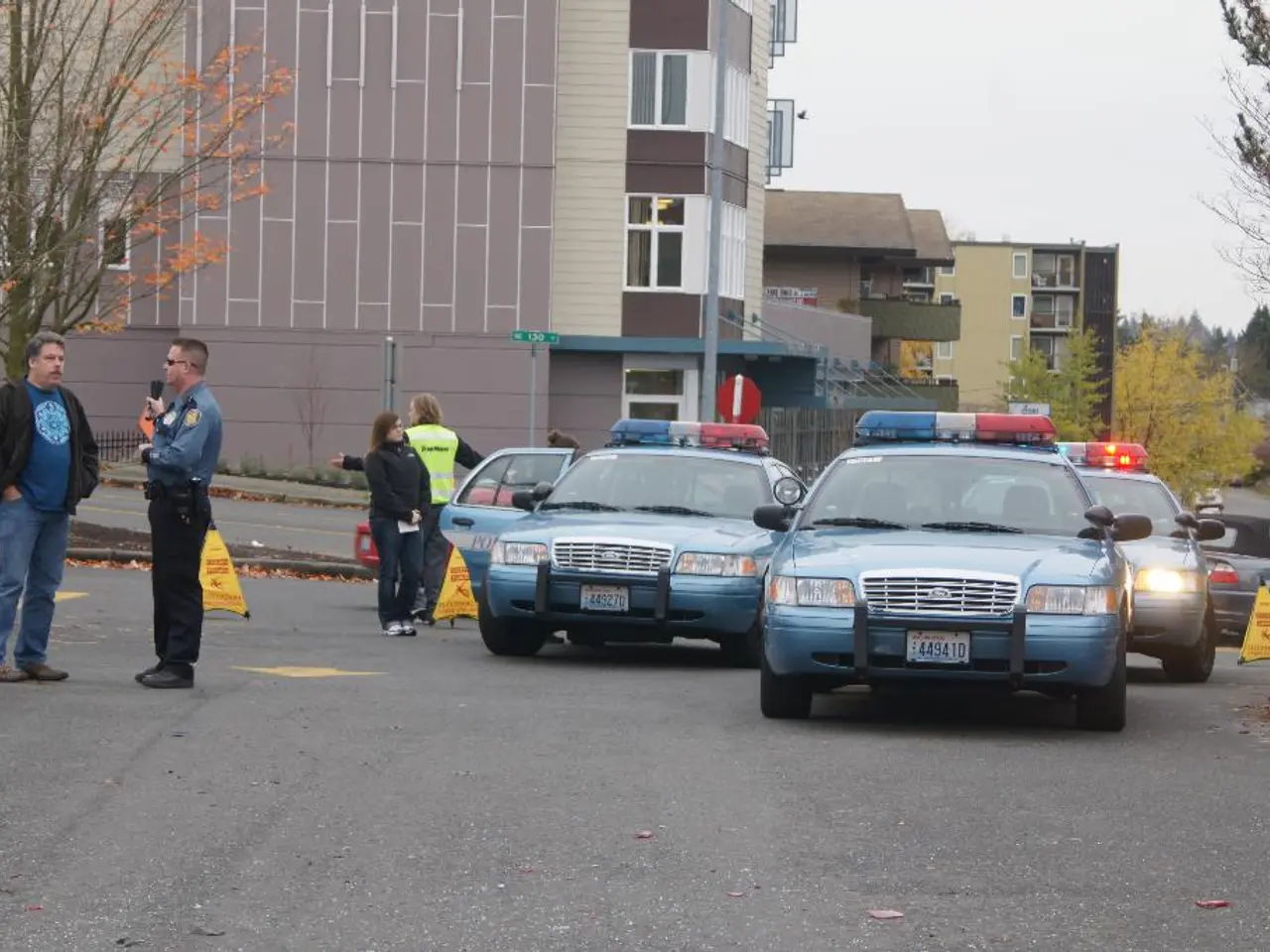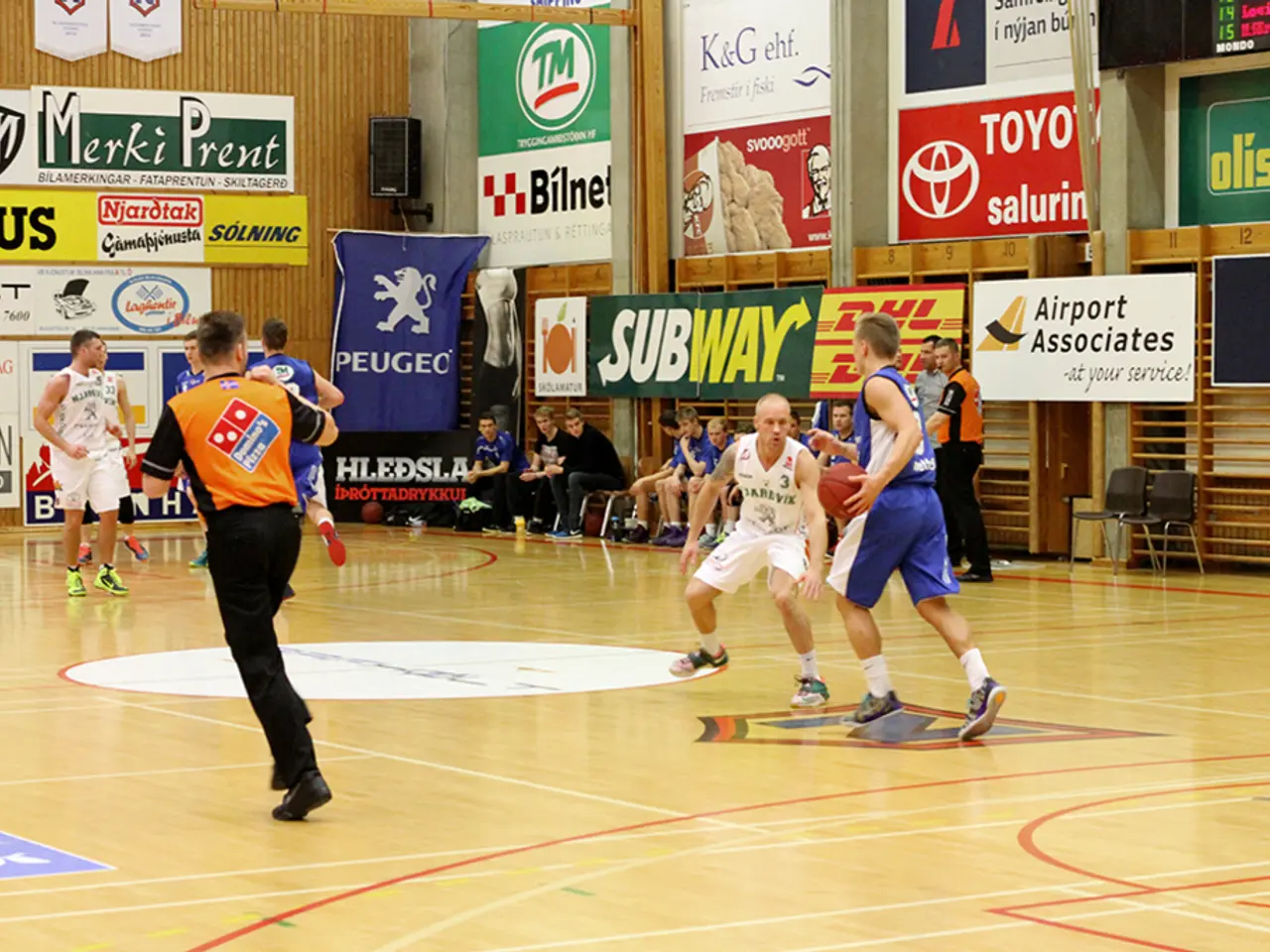Russia and Ukraine exchange drone combat as Kyiv finalizes contracts to elevate drone manufacturing capacity.
In the past few days, the Russia-Ukraine conflict has seen a significant escalation in drone strikes, causing disruption to air travel and civilian safety on both sides.
On July 4-5, 2025, Russia launched over 550 drone attacks on Kyiv, marking one of the largest air attacks since the war's start in 2022. In response, on July 6, 2025, Ukrainian forces retaliated with a wave of long-range drone attacks, hitting six Russian regions in a single night.
The Russian drone strikes forced Sheremetyevo Airport, Russia’s busiest airport, to shut down for seven hours, leading to widespread disruption. Other Russian civilian airports in Saratov, Samara, and Ulyanovsk also suspended flights, stranding over 80,000 passengers. In Ukraine, Russian drone strikes targeted port infrastructure in Mykolaiv, damaging warehouses and the power grid.
The combined drone attacks disrupted transportation hubs on both sides, paralyzing supply lines and civilian travel. Russian drone strikes in Ukraine injured several civilians, while Ukrainian strikes inside Russia have caused panic among civilians and exposed the Kremlin’s faltering air defenses.
Ukraine's President Volodymyr Zelenskyy announced deals with Western partners to scale up drone production, following a "very important and productive" phone call with U.S. President Donald Trump, discussing possible joint drone production and U.S-led efforts to end the war.
The U.S. has paused some shipments of military aid to Ukraine, including crucial air defense missiles. Ukraine's army has turned to drones to compensate for its troop shortage and shore up its defenses. Plans are afoot to build up Ukraine's domestic arms industry, but scaling up will take time.
Last month, Kyiv claimed it destroyed more than 40 Russian planes stationed at several airfields deep inside Russia in a surprise attack. The recent escalation shows civilians on both sides are increasingly caught in the crossfire, with injuries, deaths, and widespread travel disruption becoming common.
**Summary Table:**
| Aspect | Ukraine Drone Attacks on Russia | Russian Drone Attacks on Ukraine | |-----------------------|----------------------------------------|-----------------------------------------| | Date | July 6, 2025 | July 4-5, 2025 | | Number of Drones | Multiple long-range drones hitting 6 regions | 550+ drones and missiles | | Key Targets | Military plants, Sheremetyevo Airport, civilian airports | Kyiv, Kharkiv, Mykolaiv port | | Air Travel Impact | Sheremetyevo Airport closed 7 hours, other airports suspended flights, 80,000 passengers stranded | Damage to port infrastructure and power grid | | Civilian Casualties | Not specified in Russia, widespread panic | Several injured and at least 4 killed | | Strategic Impact | Disrupted military supply and transport hubs, escalating conflict | Heavy drone barrage, increased pressure on Ukrainian front line |
This recent spike in drone warfare represents a new phase in the conflict, where airspace safety is compromised for civilians and transport infrastructure on both sides is severely affected, highlighting the intensifying nature of the Russia-Ukraine conflict.
The Russia-Ukraine conflict, having intensified with a surge in drone warfare, now poses a threat to airspace safety and civilian transportation infrastructure in both countries. This new phase of the conflict, as seen in the Ukrainian President's push for increased drone production and U.S.-led efforts to end the war, points towards the intertwining of politics and business, with general news surrounding the conflict also impacting the global market. The escalation of the conflict, with the対象 pressures on both military and civilian sectors, further underscores the complexities of modern geopolitics.








